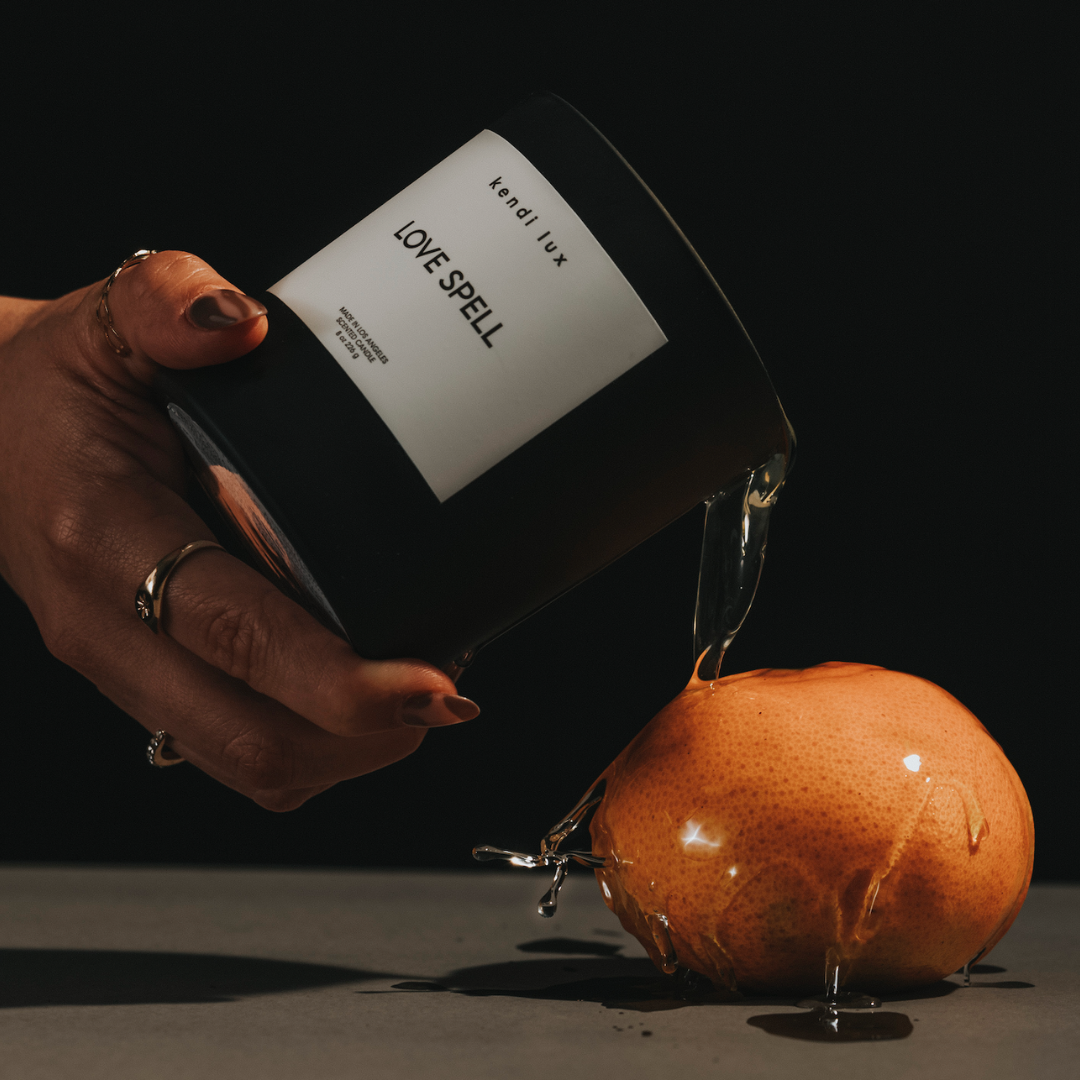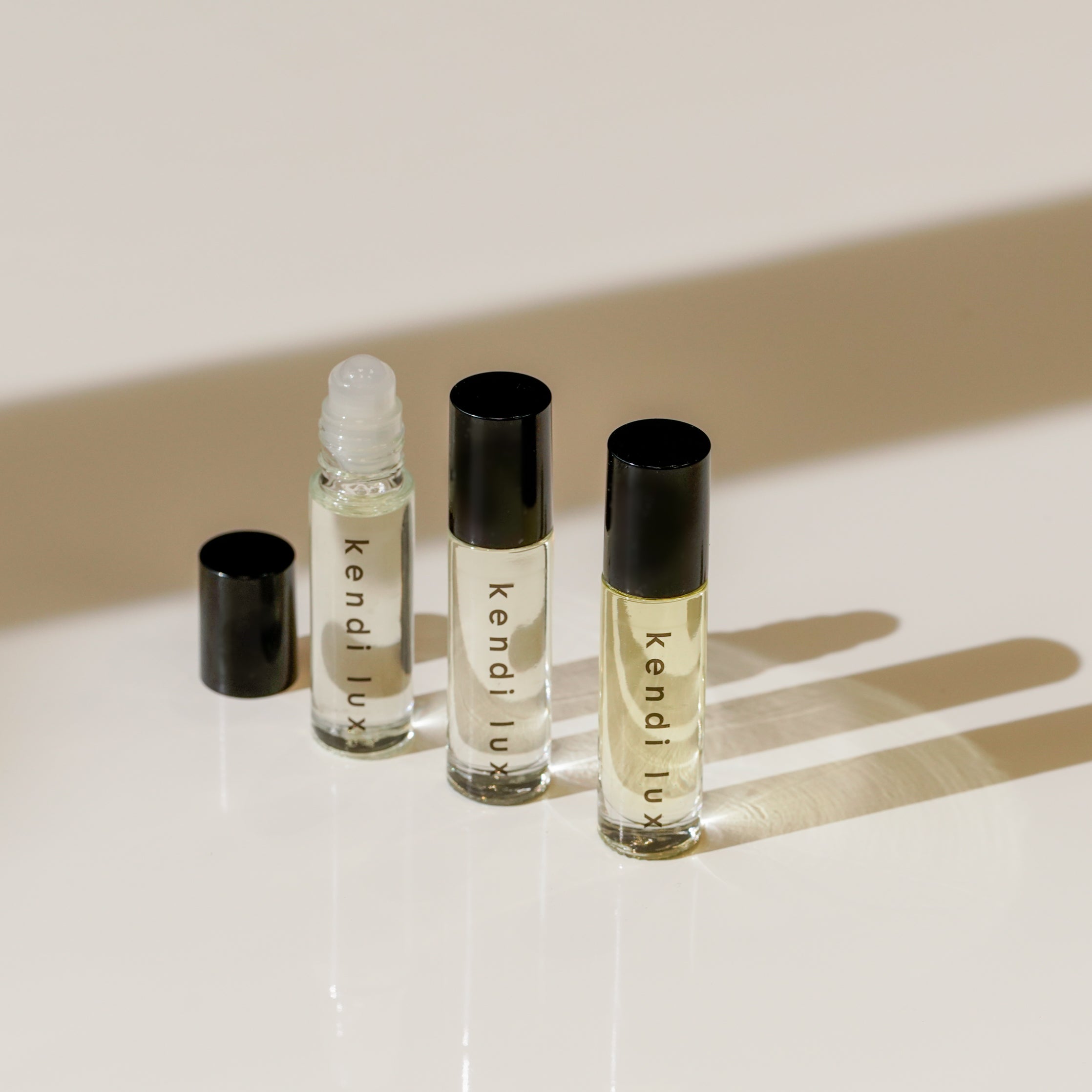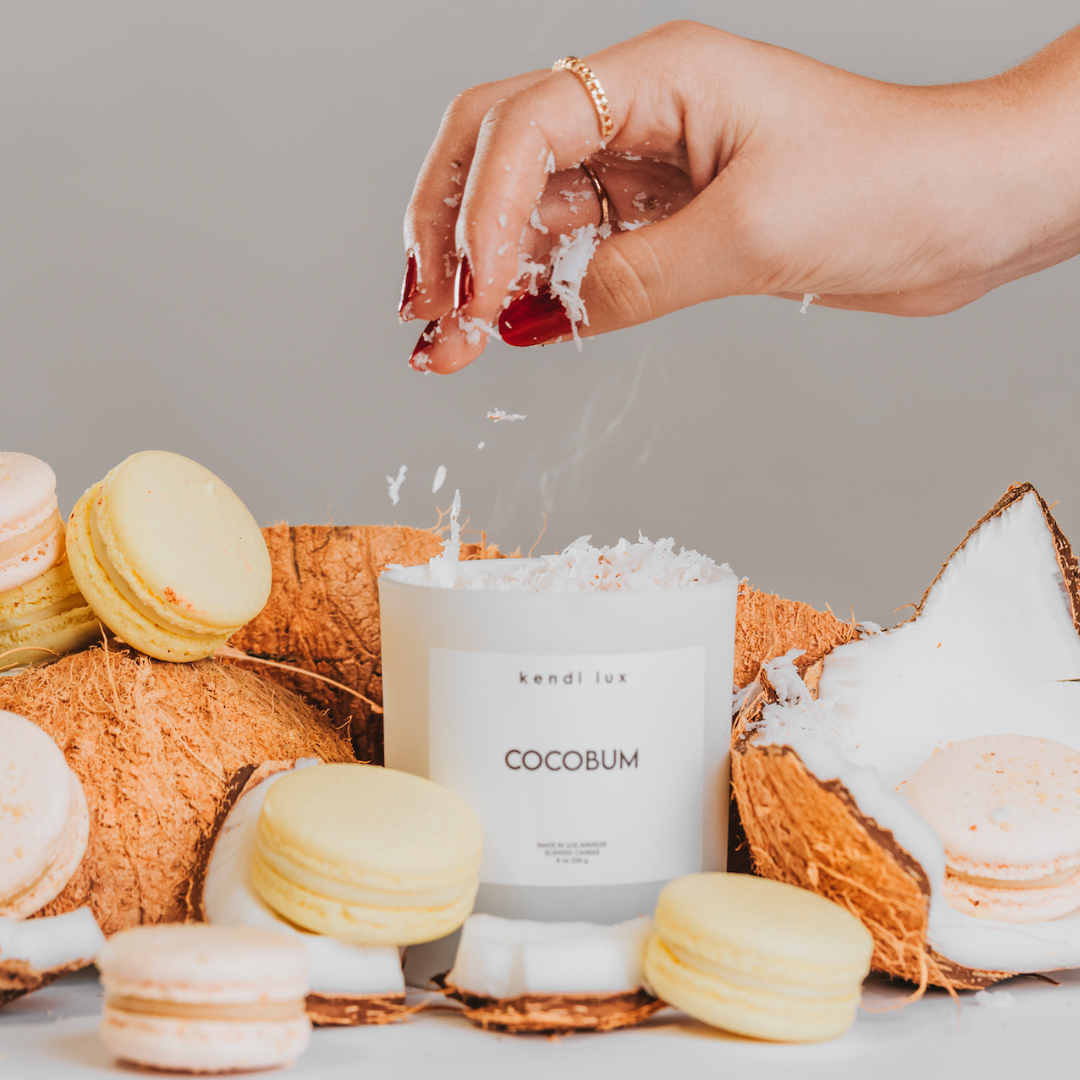
An Informative Breakdown: 3 Popular Types of Candle Wax
First thing’s first — not all candles are created equal. When you are shopping for a signature candle, you’ll see that there is a huge variety of materials, scents, and styles that go into making home fragrances. From glass tumblers and containers, to metal tins and tealight cups, the possibilities are practically endless.
Many people out there only look at the fragrance profile when they are purchasing, but paying close attention to the list of ingredients, type of wax used, and the burn-time are all very important aspects to finding a safe, high-quality candle.
That’s why we at kendi lux want to break down 3 different types of candle wax so you can make an informed decision on what to buy for yourself or a loved one. Continue reading to learn more about the most common waxes used throughout the candle industry:
Paraffin Wax
There are a ton of modern candles on the market that are made using paraffin wax. This type of wax is a by-product of petroleum, and is created when crude oil is refined into gasoline. This soft material is easy to use for candle fragrance due to its white, odorless texture and ability to burn hotter than natural wax alternatives.
Studies have found that burning paraffin wax releases volatile compounds into the air, including toluene, formaldehyde, and benzene. These are all considered carcinogens that negatively impact our health and contribute to indoor pollution. When inhaled, these fumes can lead to adverse reactions like nausea, vomiting, and headaches. It’s important to identify which candle brands use paraffin wax, and if the fragrance is worth the health risks associated.
Coconut Wax
Coconut wax is a natural alternative to paraffin wax. Also colorless and odorless, it is created using the cold-pressed meat of coconuts often combined with other natural waxes for added firmness. This is a popular option within the candle industry because coconut wax is environmentally-friendly, sustainable, and slow-burning. It also has a high melt-point that burns very evenly so your candle can remain in pristine condition.
There are absolutely no chemicals or fillers used in the production of natural coconut wax, but some candle brands can add other ingredients and dyes to get the aesthetic they desire. Keep your eyes peeled for these types of additions, because they may have negative effects on your health and the overall quality of your candle.
Soy Wax
Last but not least, soy candle wax is another widely-used material within the candle world. This 100% vegetable wax is made from the oil of soybeans. Unlike coconut wax, soy wax has a lower-melting point that allows it to burn longer, and it is typically packaged in containers or vessels to keep its structure. It’s also deemed as a natural and renewable product because its resources are readily available, unlike beeswax.
Candles made with soy wax offer a clean burn and produce much less smoke than paraffin wax. So if you strive to keep your indoor air free of toxic chemicals and heavy smoke damage, soy wax is the one you will want to buy.
Shop kendi lux Soy Candles
The inspiration behind kendi lux was fueled by the ongoing pandemic, with intentions to deliver healthy and safe candles for all to enjoy with no risk of harmful chemicals or toxins. Our handmade, 100% soy wax candles give you a luxury experience at an affordable price. Since our signature candles are made with vegan soy wax, you get more burn for your buck!
Rest assured knowing that each and every time you light our candle collection, you are filling the room with only the purest scents available. Shop our exclusive candle collection now at kendilux.com.



